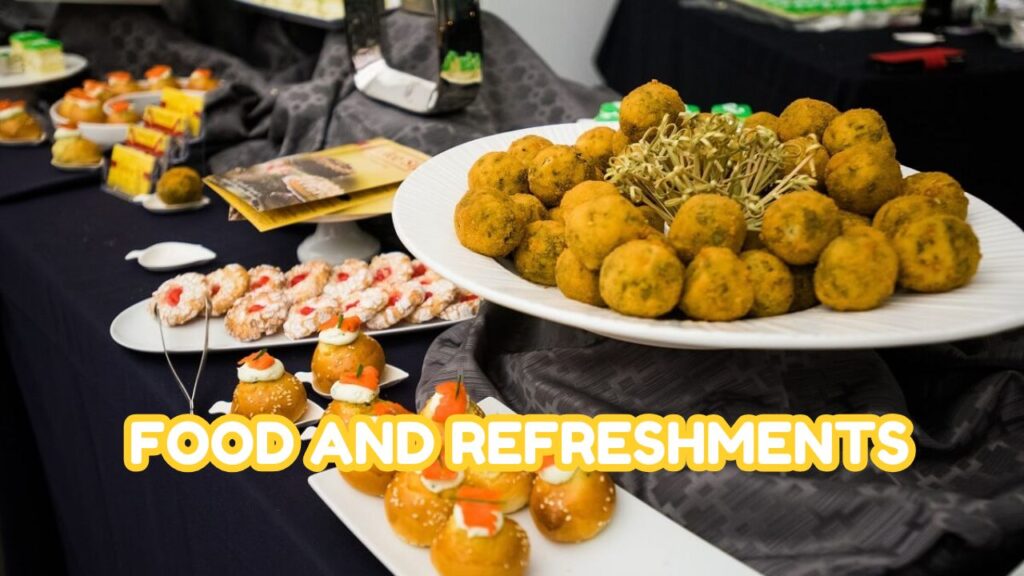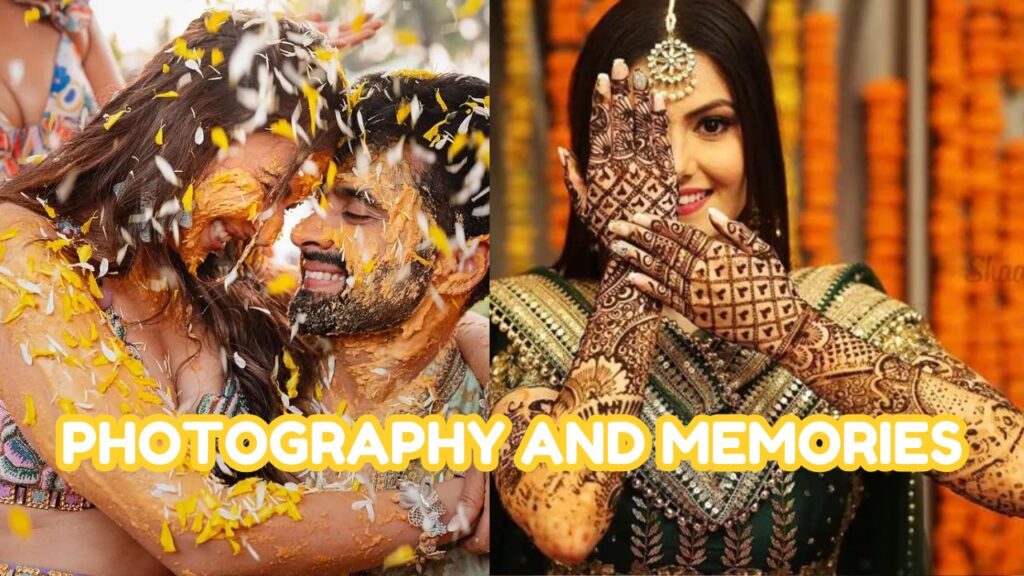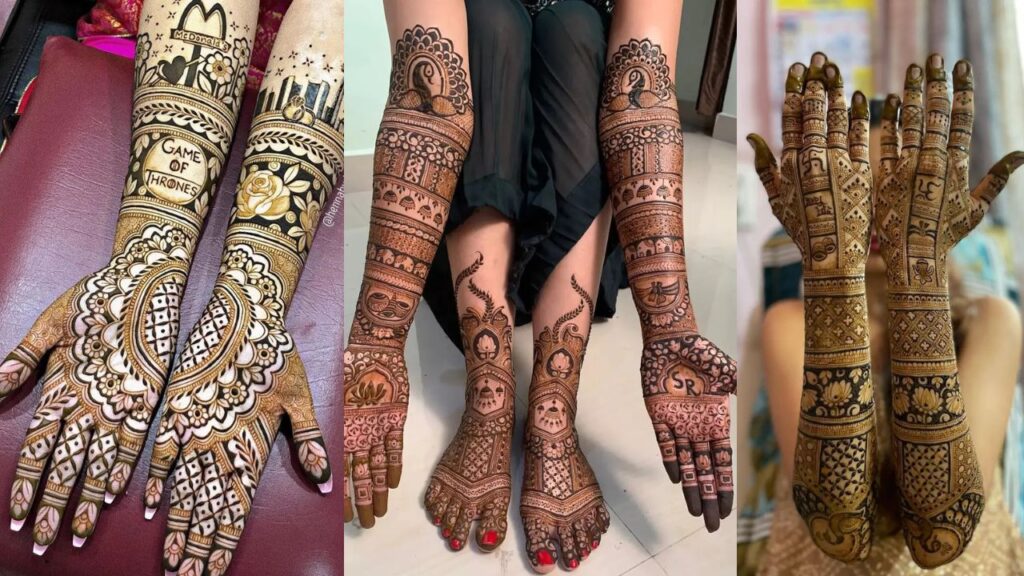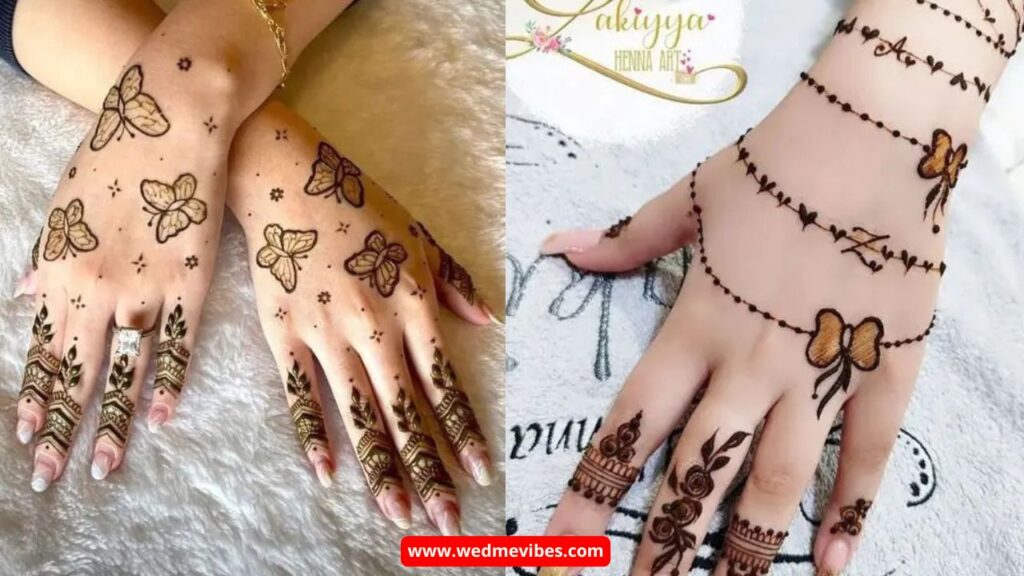Indian weddings are known for their color, culture, and happiness, and two of the most joyful pre-wedding functions are the Mehendi and Haldi ceremonies. These rituals not only bring the bride and groom’s families together but also add emotional and traditional value to the wedding. Both functions are full of fun, laughter, music, and meaningful customs. Let’s look at the key elements of Mehendi and Haldi you should not miss.
1. The Perfect Decor

The first thing that sets the mood for both Mehendi and Haldi ceremonies is the decoration. For Mehendi, colorful cushions, drapes, flowers, and fairy lights create a cheerful setup. Shades of yellow, green, and pink are usually used to give a bright and festive touch.
For Haldi, the decoration is often simple yet vibrant. Yellow marigold flowers, banana leaves, and turmeric-colored fabrics make the event feel pure and traditional. A touch of fresh flowers adds natural beauty and freshness to the atmosphere.
2. Outfits and Styling

The Mehendi function is all about style and comfort. Brides often wear colorful lehengas or skirts with floral jewelry that match the theme. Light fabrics like cotton, georgette, or chiffon are perfect for this day. Grooms usually go for bright kurtas paired with jackets or scarves.
For the Haldi ceremony, yellow is the main color. Both the bride and groom wear simple clothes as turmeric can leave stains. Women often wear plain sarees or suits, while men go for cotton kurtas. The idea is to keep it light and easy for a fun-filled celebration.
3. Music and Dance

No Mehendi or Haldi function is complete without music and dance. For Mehendi, upbeat Bollywood songs, dhol beats, and group dances keep everyone entertained. It’s the perfect time for family and friends to perform and create memories together.
During the Haldi ceremony, playful songs and dhol rhythms create a fun vibe. Relatives apply haldi while singing and teasing the couple, which adds laughter and emotion to the occasion.
4. The Rituals

The Mehendi ceremony centers around applying henna designs on the bride’s hands and feet. The beautiful designs symbolize love, happiness, and blessings. According to tradition, the darker the mehendi color, the deeper the love between the couple. Even guests enjoy getting small designs done on their hands during the event.
The Haldi ceremony involves applying a paste of turmeric, sandalwood, and rosewater to the bride and groom’s face and body. It is believed that haldi purifies the skin, brings glow, and protects the couple from bad energy. This ritual also adds a touch of fun, as friends often playfully apply haldi to each other.
5. Food and Refreshments

Food is always a highlight of any Indian function. For Mehendi, light snacks like chaats, mocktails, and sweets such as jalebi or gulab jamun are served. A live food counter or juice bar adds excitement.
For Haldi, traditional Indian food like puri, sabzi, and sweets are enjoyed by guests. Coconut water, fresh juices, and homemade drinks like lassi or buttermilk are perfect for the warm and sunny vibe of the day.
6. Photography and Memories

Both Mehendi and Haldi ceremonies are full of colors and emotions, making them perfect for photography. Candid shots of the bride laughing, family dancing, and friends teasing create lasting memories.
Photo booths, flower walls, and fun props are great for guests to take pictures. These moments later become the most cherished parts of the wedding album.
Conclusion:
The Mehendi and Haldi ceremonies are a beautiful mix of love, culture, and celebration. From colorful decor and fun music to meaningful rituals and delicious food, every part of these functions adds happiness to the wedding journey. Whether it’s the bright yellow haldi glow or the artistic mehendi patterns, these moments create memories that last forever.




